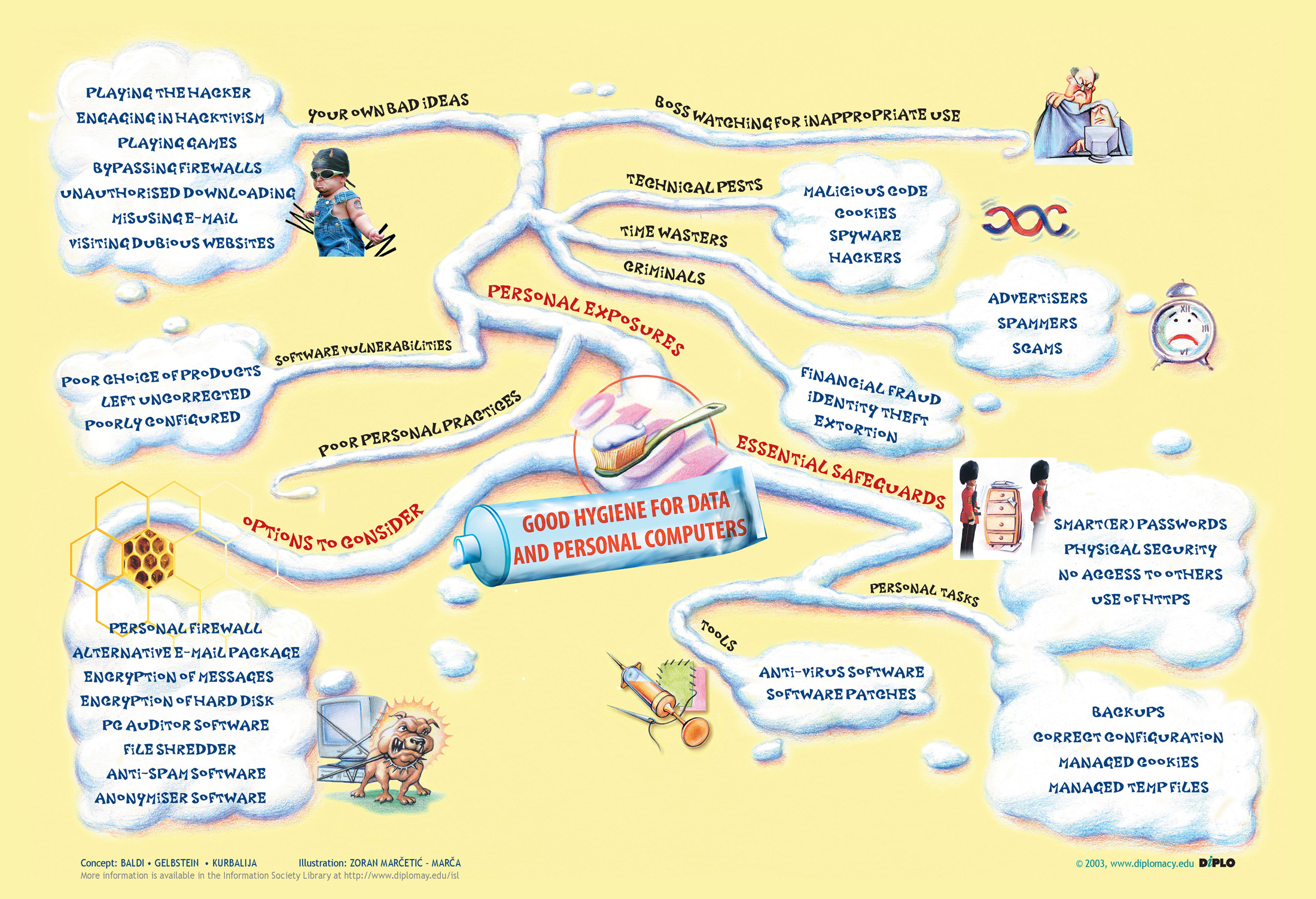Mind Maps are a tool introduced by Tony Buzan which help organize our thoughts and ideas through key words in a hierarchical yet creative manner. Mind maps can be used for anything from studying, to tackling problems, to making decisions and even preparing for our next job meeting.
Here are the main steps to creating a mind map:
- Take a blank piece of paper and place it horizontally
- Write the core concept you wish to analyze
- Add branches which represent the main ideas which are linked to that concept
- Each branch can have further branches stemming from it
- Lines representing the branches should be thinner as you get further away from the central point
- Be creative: use colors, use curvy lines, use images which help evoke certain ideas
- DO NOT FOLLOW A LINEAR PATH: you can go back to branches and add or subtract as you wish
Most important of all, find your own mind mapping style. In order to make ourselves be understood by others, we must find our voice!
Here are two TED talks on Mindmaps:
If you want to learn more about mind mapping, you should check out these previous articles:
The Ultimate Book of Mind Maps (part 1)
The Ultimate Book of Mind Maps (part 2): the success formula




Recent Comments